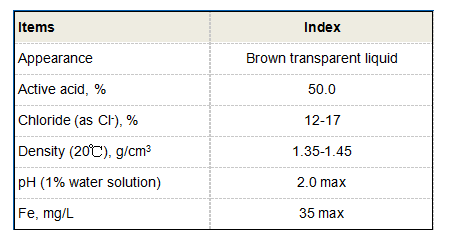Understanding the Processes of Water Coagulation and Flocculation for Effective Treatment
The Importance of Water Coagulation and Flocculation in Water Treatment
Water is an essential resource for life, yet its purity and quality are often compromised due to various contaminants. In the quest for clean drinking water, water treatment processes play a crucial role. Among these, coagulation and flocculation are fundamental techniques that help in the removal of suspended solids, organic materials, and pathogens, thereby improving water quality significantly.
Coagulation The First Step
Coagulation is the initial step in the water treatment process. It involves the addition of chemical coagulants, such as aluminum sulfate or ferric chloride, to the water. These chemicals help destabilize the negatively charged particles present in the water by neutralizing their charges. When particles lose this charge, they begin to collide and aggregate, forming larger particles known as flocs. The effectiveness of this process depends on several factors, including the type and dosage of coagulant used, pH levels, and the temperature of the water.
In essence, coagulation serves to convert the fine particles, which are too small to settle on their own, into larger aggregates that can be more easily removed from the water. This transformation is vital, as small particles can create turbidity, leading to poor water quality and potential health risks.
Flocculation Enhancing Particle Aggregation
Following coagulation, the next step is flocculation. This is a gentle mixing process where the water is stirred slowly to encourage the flocs to collide and bond together into even larger aggregates. Flocculation can involve the addition of additional chemicals known as flocculants, which enhance the formation of these larger clumps. The flocculation process is crucial as it maximizes the size and weight of the flocs, facilitating their subsequent removal through sedimentation or filtration.
The design of the flocculation process is also integral to its success. Factors such as mixing speed, duration, and the size of the mixing vessels play a significant role in the formation of effective flocs. If mixing is too vigorous, the flocs may break apart; if it is too gentle, the particles may not have enough energy to collide and aggregate.
water coagulation and flocculation

Sedimentation and Filtration The Final Steps
After flocculation, the newly formed flocs must be removed from the water. This is typically done through sedimentation, where the heavier flocs settle to the bottom of a treatment tank. The clarified water is then typically subjected to filtration to remove any remaining particles before disinfection and distribution as potable water.
The benefits of an efficient coagulation and flocculation process are manifold. By removing a significant portion of turbidity and contaminants, these processes not only enhance the aesthetic quality of the water but also ensure that dangerous microorganisms are effectively reduced. This is particularly important in preventing waterborne diseases, which can have severe public health implications.
Environmental Considerations
It is worth noting that while coagulation and flocculation are effective, they also generate sludge as a by-product. Proper management of this sludge is essential to minimize environmental impact. Modern technologies and practices are being developed to treat and recycle this sludge, ensuring that water treatment remains sustainable.
Conclusion
In conclusion, coagulation and flocculation are critical steps in the water treatment process that significantly contribute to the production of safe and clean drinking water. By understanding and optimizing these processes, water treatment facilities can better serve communities and protect public health. As the demand for clean water continues to rise, investing in effective coagulation and flocculation technologies will be essential for sustainable water management.
-
Water Treatment with Flocculant Water TreatmentNewsJun.12,2025
-
Polymaleic AnhydrideNewsJun.12,2025
-
Polyaspartic AcidNewsJun.12,2025
-
Enhance Industrial Processes with IsothiazolinonesNewsJun.12,2025
-
Enhance Industrial Processes with PBTCA SolutionsNewsJun.12,2025
-
Dodecyldimethylbenzylammonium Chloride SolutionsNewsJun.12,2025





